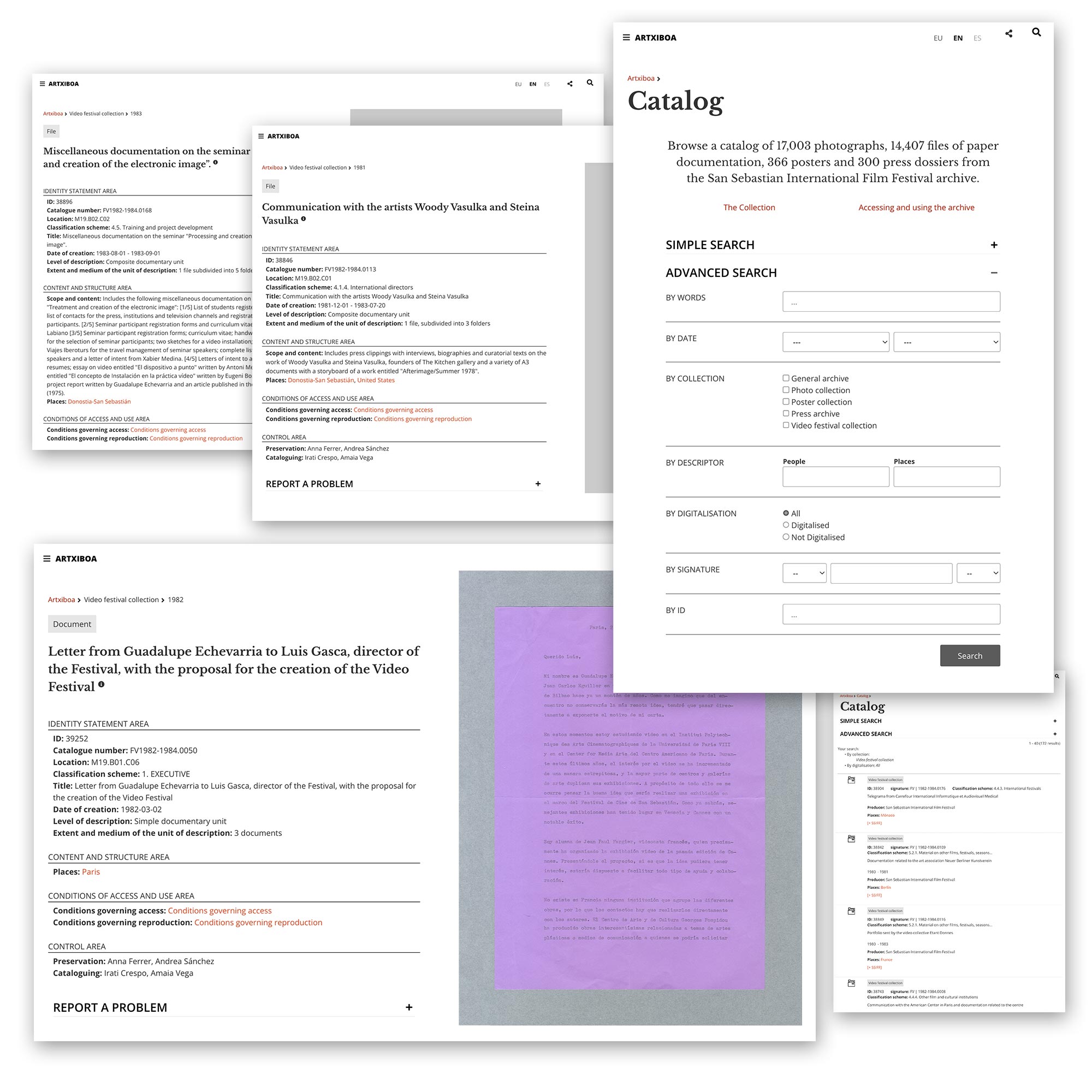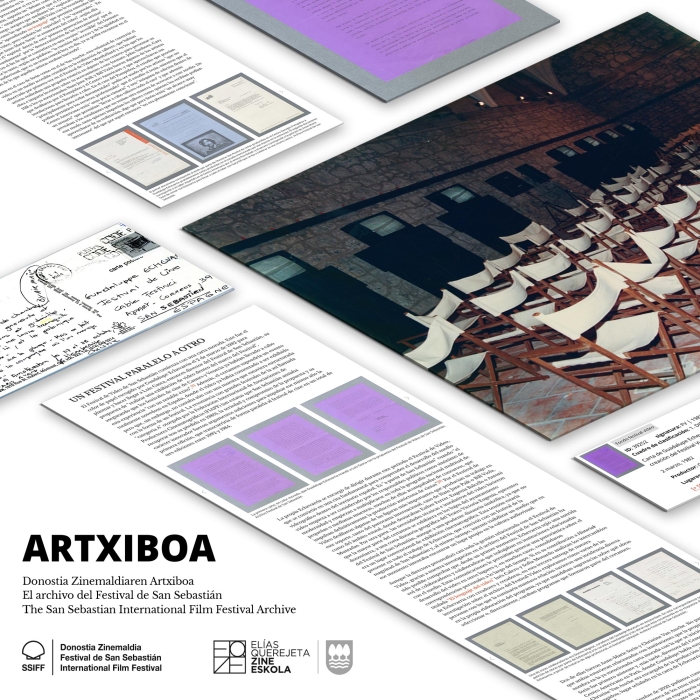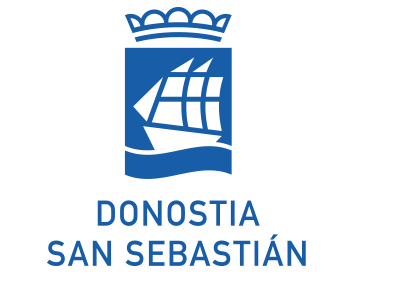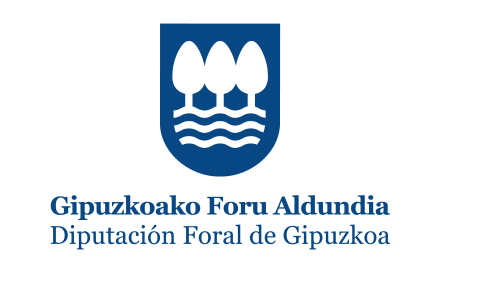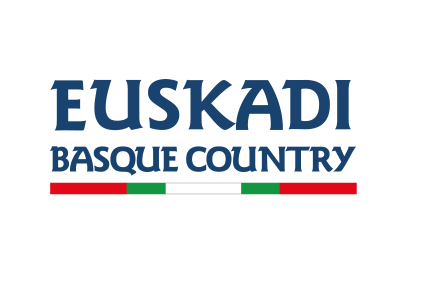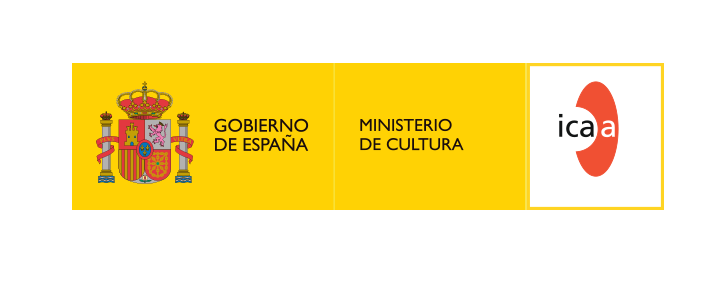The Video Festival document collection, amounting to 170 document entries including correspondence with artists, institutions, companies and individuals who had a hand in its organisation, is now part of the Artxiboa catalogue, where it is available for consultation in full. To accompany the accessible nature of this collection, a text entitled Historiak #11 has also been published on the San Sebastian Festival’s historical archive website explaining the curating decisions and proposals that gave its shape to this pioneering initiative directed by Guadalupe Echevarría from 1982 until 1984. The collection includes the letter on lilac paper sent by Echevarría to the Festival director of the time, Luis Gasca, on 2 March 1982, in which she proposes that they “organise a video exhibition in the Festival framework” following the “notable success” of the experience at the Cannes and Venice festivals. The letter stresses the innovative nature of the initiative in Spain, where video exhibitions were already under way, but as yet without a show structured into a festival format.
Historiak#11 is the third theoretical explanation published on the subject of this document collection, written by Claudia Zegarra and Rodrigo García Fernández-Palomero, graduates from the fourth round of students to complete their Curating studies at the Elías Querejeta Zine Eskola (EQZE), whose first steps involved inspecting and cataloguing the collection, a work completed by the Artxiboa team. The text Video in the centre. Notes on curatorship at the San Sebastian Video Festival based on a conversation with Christine Van Assche and Anne-Marie Stein focuses on the correspondence between Echevarría and people directly involved in preparing the programme, such as Anne-Marie Stein, from the Center for Media Arts at the American Center in Paris and Christine Van Assche, from the Pompidou Centre. The research work developed by students at the EQZE addresses the challenges of video curating in the 80s, their experience as collaborators of the San Sebastian Video Festival, the community spirit generated at that time and the relationship between this audiovisual system and the second feminist wave.
Both consider its organisation in the framework of the San Sebastian Festival to be key. Stein points out that in the early 80s, the video was an “emerging field” which was “in full swing of laying its own ground rules as a medium” and that, therefore, placing it at the centre of a festival such as that of San Sebastian was “extraordinary” and “important”. The representative of the Center for Media Arts at the American Center in Paris describes Echevarría as a “courageous and brilliant” person, who “had the ability to take an interest in things and to do all the work without trying to be the centre of attention; she knew what could be done and knew exactly how it had to be done”. Van Assche, for her part, defines her as someone who had “the power of conviction” and an enormous capacity for coordination, given that she “would put people in touch and could convince them to do things together”, something she considers essential for the festival being able to go ahead, because she doubts that “convincing the politicians of San Sebastian could have been an easy job”.
To visit the document collection, simply access the advanced search area of the Artxiboa Catalog and click on the Video Festival Collection. A list will drop down with 170 files leading to a detailed description of its content, from letters to mentions in the press, publications, handbills of other institutions, outlines of the economic management of the programme and a vast array of artistic creations (collages, postcards, photographs, etc.) sent by those who visited this pioneer initiative. Thanks to the inclusion of this documentation in the catalogue, the collection can be consulted in person as from today.
